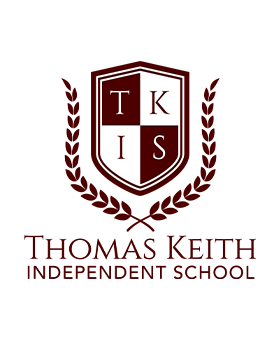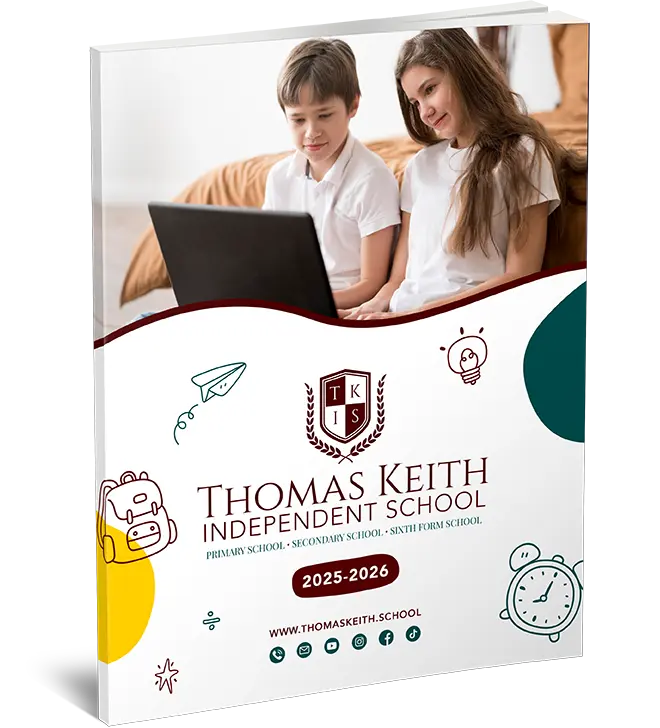
Unlocking the Potential: A Comprehensive Guide to Key Stage 1 Maths Curriculum and Effective Teaching Approaches
Exploring Key Stage 1 Maths Curriculum: Building a Strong Mathematical Foundation
The key stage 1 maths curriculum lays the foundation for young learners to develop a solid understanding of mathematics. During this stage, children aged 5 to 7 embark on an exciting journey of exploring numbers, shapes, measurements, and basic mathematical operations. The curriculum fosters mathematical fluency, problem-solving abilities, and logical reasoning skills.
The goals of the Key Stage 1 Maths curriculum are diverse. Children are introduced to addition, subtraction, multiplication, and division, enabling them to comprehend and manipulate numbers effectively. They also learn to recognise patterns, sort and classify objects, and understand fundamental geometric shapes and their properties.

Moreover, the curriculum emphasises the development of children’s measurement skills, encompassing concepts such as length, weight, capacity, and time. It also encourages learners to interpret and present data through graphs and charts, fostering their analytical thinking.
Throughout Key Stage 1, we encourage children to actively engage in practical activities, mathematical games, and problem-solving tasks. This hands-on approach enables them to apply mathematical concepts in real-life situations and strengthens their conceptual understanding.
Effective Teaching Strategies and Resources for Key Stage 1 Maths
Teaching Key Stage 1 Maths requires a thoughtful combination of practical strategies and engaging resources to captivate young minds and support their mathematical development. Educators employ various techniques to create a conducive learning environment where children can enthusiastically explore and build mathematical skills.
One vital strategy involves providing a multisensory learning experience. By incorporating visual aids, manipulatives, and interactive activities, teachers cater to different learning styles and enhance students’ understanding. Concrete materials, such as counting blocks or shape puzzles, enable children to visualise abstract concepts and develop a firm foundation of mathematical knowledge.
Another practical approach is fostering collaborative learning. Group activities and discussions promote peer interaction, allowing children to learn from one another, share strategies, and communicate their reasoning. This enables a supportive and inclusive classroom environment while reinforcing mathematical concepts and problem-solving skills.
Digital resources also play a significant role in modern Key Stage 1 Maths education. Interactive apps, online games, and educational websites provide opportunities for independent practice and reinforce concepts engagingly. Teachers can leverage these resources to supplement their lessons and address individual learning needs effectively.
Furthermore, incorporating real-life contexts and practical examples helps students connect mathematical concepts to everyday experiences. Teachers make learning relevant and meaningful by integrating everyday situations, such as shopping or measuring ingredients, into lessons.
Differentiation Techniques for Teaching Maths in Key Stage 1
In a Key Stage 1 Maths classroom, students possess varying abilities, learning styles, and prior knowledge. To address the diverse needs of learners, teachers employ differentiation techniques, ensuring that each child receives an education tailored to their abilities to maximise their mathematical development.
One effective differentiation strategy is tiered instruction. Teachers create tasks or activities at different levels of complexity, allowing students to choose jobs that align with their current ability level. This approach promotes a sense of autonomy and ensures that each student is appropriately challenged.

Another technique is scaffolding, where teachers provide additional support or guidance to students who require it. This may involve breaking down complex problems into smaller, more manageable steps, offering visual aids or prompts, or providing extra practice opportunities. Scaffolding helps students build their confidence and gradually develop independent problem-solving skills.
Flexible grouping is also beneficial for differentiation. Teachers can create groups based on student’s current levels of understanding or specific learning needs. This allows for targeted instruction and tailored support, whether providing additional challenges to advanced learners or offering extra reinforcement to those in need.
Moreover, incorporating open-ended tasks or projects encourages creativity and critical thinking while catering to diverse abilities. Students can approach problems from different angles and explore solutions that align with their strengths.
Regular formative assessments are crucial for effective differentiation. They enable teachers to gauge students’ progress, identify areas of strength and weakness, and adjust their instruction accordingly. This ongoing feedback loop ensures that each student’s learning journey is personalised and optimised.
Assessing and Monitoring Progress in Key Stage 1 Maths
Assessing and monitoring progress in Key Stage 1 Maths is essential for evaluating students’ understanding, identifying areas for improvement, and guiding instructional decisions. Teachers can gain valuable insights into each student’s mathematical development and effectively tailor their teaching to address specific needs by employing various assessment strategies.
Formative assessments play a pivotal role in the ongoing monitoring of progress. These assessments are designed to gather real-time feedback on students’ understanding, allowing teachers to make timely adjustments to their instruction. Formative assessments can take various forms, such as quizzes, observations, or discussions, and provide valuable insights into students’ thinking processes and misconceptions.
Summative assessments, on the other hand, provide a snapshot of students’ overall achievement at the end of a unit or term. These assessments may include standardised tests, performance tasks, or projects. They help determine the extent to which students have grasped the required knowledge and skills and inform decisions about future instruction.
Employing various assessment methods ensures a comprehensive understanding of students’ progress. This can include written tasks, oral presentations, problem-solving activities, and hands-on demonstrations. By utilising different formats, teachers can accommodate diverse learning styles and allow students to demonstrate their understanding in ways that suit them best.
Regular feedback and constructive criticism are essential components of the assessment process. Teachers should provide timely and specific feedback to students, highlighting their strengths and offering guidance on areas requiring improvement. This feedback encourages students to reflect on their learning, make connections, and set goals for their mathematical development.

Enhancing Mathematical Thinking and Problem-Solving Skills in Key Stage 1
In Key Stage 1, nurturing mathematical thinking and problem-solving skills is essential to develop students’ abilities to analyse, reason, and apply mathematical concepts effectively. Teachers can enhance young learners’ problem-solving skills by providing opportunities for exploration, employing specific strategies, and igniting a passion for mathematics.
One approach to developing mathematical thinking is through open-ended tasks and rich problem-solving activities. These tasks encourage students to think critically, ask questions, and explore multiple problem-solving strategies. Students develop resilience, creativity, and perseverance by engaging in such activities while building a deep understanding of mathematical concepts.
Another effective strategy is the use of visual representations. Diagrams, models, and pictorial representations enable students to visualise problems and make connections between mathematical concepts. Visuals can support learners in understanding complex ideas and solving problems more effectively.
Encouraging mathematical discussions and collaborative learning is also crucial. Teachers foster a classroom culture that values diverse perspectives by providing opportunities for students to share their thinking, explain their reasoning, and justify their solutions. Collaborative problem-solving tasks promote teamwork and enable students to learn from one another’s strategies and approaches.
Furthermore, incorporating real-life contexts into problem-solving tasks helps students understand the relevance and application of mathematics in the world around them. By presenting authentic problems that mirror everyday situations, teachers can inspire students to see mathematics as a powerful tool for solving real-world challenges.
Teachers should also explicitly teach problem-solving strategies, such as breaking problems into smaller parts, drawing diagrams, or using trial and error. By equipping students with problem-solving techniques, teachers empower them to approach unfamiliar situations confidently and develop their problem-solving repertoire.
By implementing these comprehensive strategies, educators can unlock the full potential of Key Stage 1 Maths education, fostering a love for mathematics and preparing students for a successful mathematical journey ahead.







